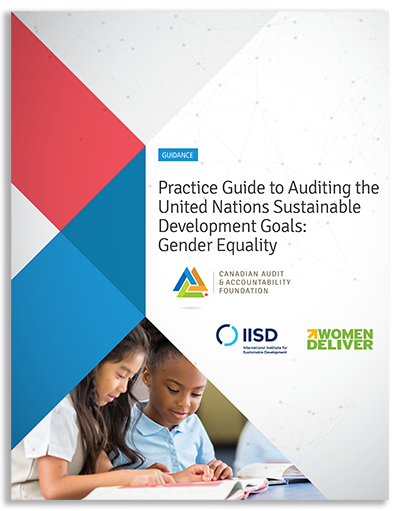At the last OECD Global Anti-Corruption & Integrity Forum, in March 2018, the concept of “enforcement” was one of the most mentioned and applauded by panelists and attendees. The idea was that the discussion and solution of problems should not be centered around creating more policies, but rather should focus on the application, implementation, compliance with and oversight of those that already exist. In this context, the words of the United Nations Economic Commission for Latin America and the Caribbean are particularly apt. ECLAC asserts that for four uninterrupted decades, states in the region have met to debate and politically commit themselves to gender equity. While acknowledging that important progress has been made, it is clear that there is still institutional inertia and a lack of resource allocation, and, at times political will, which hinder the transformations needed to guarantee the full exercise of women's rights and tackle inequality gaps.
Given these premises, resolution A/RES/69/209 of the United Nations General Assembly on “promoting and fostering efficiency, accountability, effectiveness and transparency of public administration by strengthening Supreme Audit Institutions (SAI)”, takes on particular relevance. Along with other matters, this resolution recognizes the important role SAIs play in promoting the efficiency, accountability, effectiveness and transparency of the public administration, as well as recognizing the role of these organizations in fostering the accountability of governments in the use of resources and the role they play in achieving development objectives.
It is in this context that after the 2030 Agenda came into force, there were various initiatives seeking to address, in a novel way, the challenges it posed to countries. In the case of Latin America and the Caribbean, under the leadership of the Organization of Latin American Caribbean Supreme Audit Institutions(OLACEFS) an audit was carried out to check, in a cross-cutting fashion, the preparedness of governments for the implementation, monitoring and assessment of the Sustainable Development Goals. With the success of that experience, in 2017, in conjunction with Intosai Development Initiative (IDI), work began on adapting their Auditing Sustainable Development Goals Program, with the aim of focusing exclusively on SDG 5 – Achieving Gender Equality. One year after taking the first steps on this joint project, we find ourselves at the audit execution stage, with the first results expected in October 2018.
Why was a new audit approach necessary? And what are the innovations these new methodologies bring with them?
The goals of the 2030 Agenda are not new in terms of their content - the world has been fighting against poverty for decades, working to improve access to education and health, worrying about environmental issues and gender equity, etc. However this Agenda brings with it a set of principles - including the harmonization of economic growth, social inclusion and protection of the environment - as interrelated elements essential for the well-being of people and societies. Additionally, the Agenda takes account of principles such as interconnection and indivisibility and cooperation among multiple stakeholders, which leads to changes in the traditional paradigms of audit work. Thus, in the face of new challenges, we need new ways of doing things.
As for these developments, they target the following:
- Cross-cutting thematic assessment: given that the SDGs form an integrated and indivisible whole, even though auditing will focus on preparedness for the implementation of SDG 5 (gender equity), it has been recommended that audit teams do not decouple the specific objective from the agenda as a whole;
- Cross-cutting assessment of government: auditing will not fall to one particular body, program or policy, but will seek to transversally assess the preparedness of governments to face the challenges of SDG 5;
- Audit objectives contribute directly to good governance and to the duty to report the progress of the Agenda: the audit objectives adhere to the common guidelines for voluntary reporting relating to voluntary national reviews in the framework of the United Nations High Level Political Forum on Sustainable Development, so that governments can use the reports as an important input for their work. Civil society meanwhile will have a tool to exercise citizen oversight with technical backstopping;
- Interaction with stakeholders: Throughout the entire audit process, the aim is to review participation, commitment and collaboration amongst the different stakeholders in the implementation of the 2030 Agenda. Indeed, audit issues will include questions on whether there has been a process of socialization and involvement with stakeholders, if the process of identifying resources and capacities has been participatory, and enquiry regarding the mechanisms for supervision, follow-up, assessment and dissemination of results.
We are confident that this work will make a positive contribution to the good governance of our countries and we firmly believe that it will contribute to the achievement of Goal 5 and related goals, directly and indirectly, to achieve gender equality and empower all women and girls in our countries and in the world.



